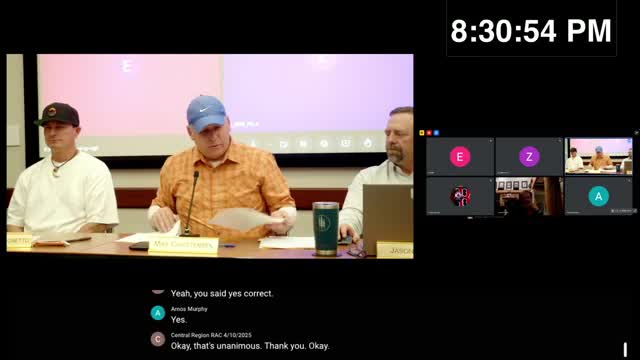Mark Farmer unveils Timpanogos WMA management plan addressing increased recreational use
April 11, 2025 | Utah Wildlife Board, Boards and Commissions, Organizations, Utah Executive Branch, Utah
Thanks to Excel Chiropractic and Scribe from Workplace AI , all articles about Utah are free for you to enjoy throughout 2025!

This article was created by AI using a video recording of the meeting. It summarizes the key points discussed, but for full details and context, please refer to the video of the full meeting. Link to Full Meeting
Farmer highlighted that the area has seen over 50 miles of user-created trails emerge in less than a decade, prompting the need for an access management plan. Collaborating with user groups and the Utah Valley Trails Alliance, the management team identified popular trails to maintain while eliminating less-used paths. A key aspect of the new plan is the requirement for high school teams to obtain special use permits, which mandate trail maintenance contributions from team members.
The meeting also addressed new legislation requiring adults accessing the WMA to possess a hunting or fishing license. Farmer acknowledged the challenges of enforcing this rule, especially on trails like the Bonneville Shoreline Trail, which runs through the property. He emphasized the importance of signage and education to inform users about the new regulations.
In addition to the Timpanogos updates, Josie Siemens introduced a new habitat management plan for the Spencer Fork WMA, which has faced challenges from wildfires and power line easements. Siemens noted the area's significance for big game, including deer and elk, and discussed the need for careful management to mitigate the impacts of recreational activities.
The meeting concluded with discussions on the South Sanpete WMA, where habitat restoration efforts are being revised to accommodate growing recreational demands while preserving wildlife habitats. The collaborative approach with local counties and user groups aims to balance public access with ecological integrity.
These management plans reflect a proactive response to the evolving landscape of outdoor recreation in Utah, ensuring that both wildlife and public interests are safeguarded.
Converted from DWR RAC Meeting - Central Region 04/10/2025 (re-post) meeting on April 11, 2025
Link to Full Meeting
Comments
View full meeting
This article is based on a recent meeting—watch the full video and explore the complete transcript for deeper insights into the discussion.
View full meeting
